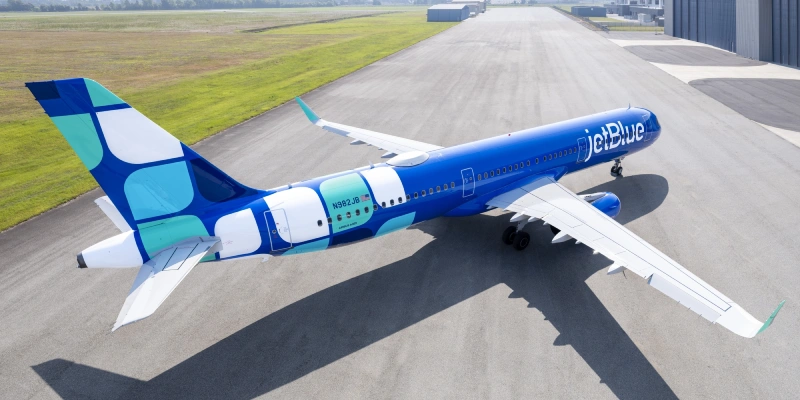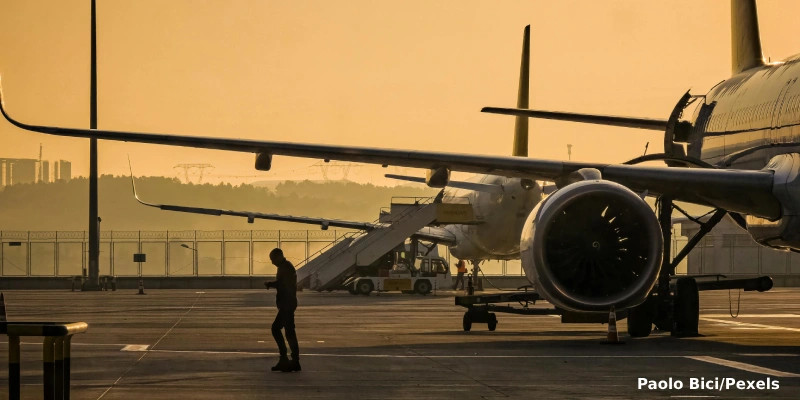On a day like today, 75 years ago, Iberia took off for the first time from Madrid to Puerto Rico and Venezuela, destinations where it would land one day later, on July 6, 1949.
The crossing, one of Iberia’s first in America, was made with a Douglas DC-4 which, at the time, had features that made it a symbol of aeronautical innovation. It was the first aircraft to have integral fuel tanks in the wings, a tricycle train with wheels that retracted into enclosed compartments and a constant section fuselage. The company operated these aircraft from 1946 to 1968.
Thanks to this advanced technology for the time, Iberia was able to travel the long distance between Spain and both countries. However, after several stopovers in Las Palmas de Gran Canaria, Isla de la Sal, the Azores, Port of Spain (Trinidad and Tobago) and Bermuda, before arriving first in San Juan de Puerto Rico and then in Caracas.
→ Iberia starts ticket sales for first transatlantic routes of Airbus A321XLR
This flight was operated once a week: it departed every Tuesday from Madrid and arrived both in San Juan and Caracas on Wednesday, when it would head back to Spain, where it arrived every Thursday. The whole trip was made in three days.
The cost of this air ticket was 9,120 pesetas for one-way customers, while the round-trip price was 16,416 pesetas.
75 years of a successful flight
As the records indicate, the route was a success from the very beginning, which has been maintained to the present day.
In the case of Puerto Rico, in 2024 this has been one of Iberia’s best performing routes in Latin America. The airline now has a direct flight between the two countries and, as a result, has put almost 200,000 seats on the market this year between San Juan and Madrid, 30% more than in 2023 and 140% more than the capacity it had before the pandemic.
In the case of Caracas, connectivity between the two countries is now up to five frequencies each week, which means 150,000 seats between the two capitals, 35% more than in 2023 and 172% more than the capacity before the pandemic.
These two routes are mainly operated with an Airbus A330-200, which has 288 seats distributed in Business and Economy cabins.
Related Topics
JetBlue to Connect Rochester and Orlando with Year-Round Direct Flights
Boeing Advances 777-9 Certification: Enters Third Testing Phase
Trump Demands Immediate Return of Air Traffic Controllers Amid Increase in Flight Cancellations
UPS and FedEx Ground Their MD-11F Fleets Following Fatal Accident in Louisville

Un apasionado por la aviación, Fundador y CEO de Aviación al Día.




